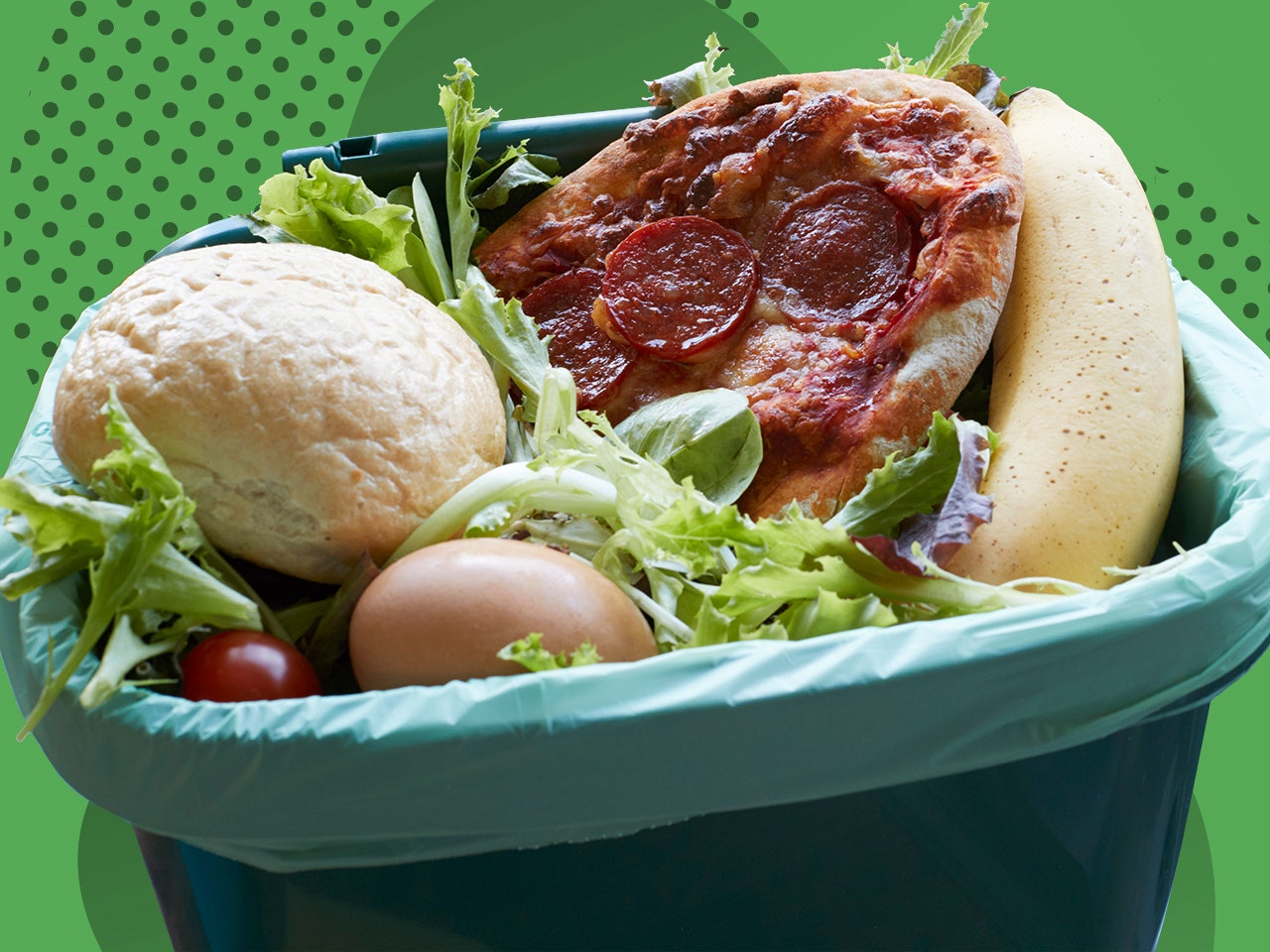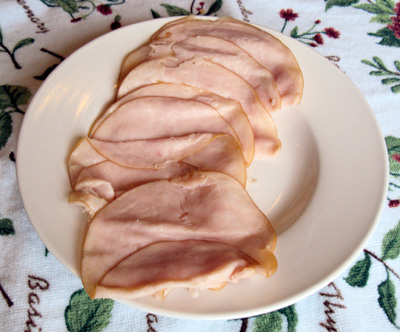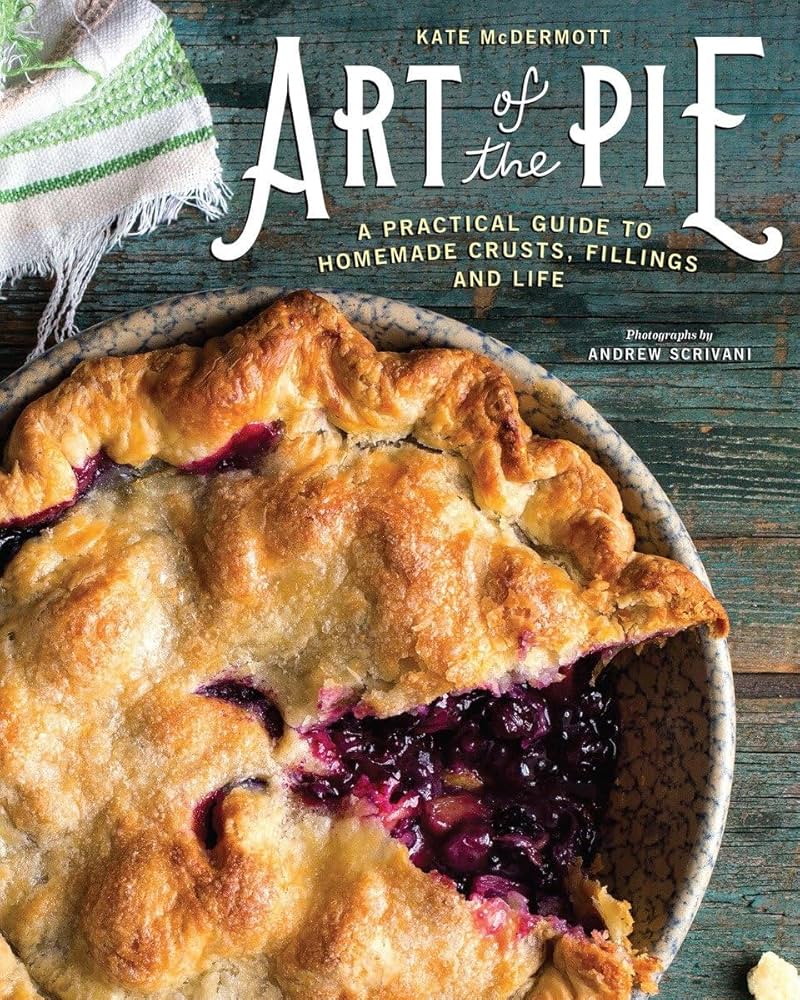How to Tell if Sour Cream is Bad: Expert Tips for Spotting Spoiled Sour Cream
Signs that sour cream has gone bad include mold growth, discoloration, off smell, sharp or bitter taste, curdling, and dryness. Mold growth appears as fuzzy grey or green spots, and a moldy film may also be present. Discoloration indicates bacterial or fungal growth. An off smell beyond the usual tangy aroma suggests spoilage. A sharp, bitter, rancid, or yeasty taste is a sign of spoilage. Curdling is normal if there is a light layer of white, milky liquid on top, but lumps or curdles indicate spoilage. Dryness and no presence of whey (milky, watery liquid) are also signs of spoilage.
Tips for storing sour cream properly:
1. Store sour cream in the fridge below 40°F (4°C) to slow down the growth of molds and bacteria.
2. Store sour cream further back in the fridge for more constant temperature, not in the fridge door.
3. Keep sour cream tightly covered in the original packaging or in a clean airtight container to prevent spoilage.
4. Use clean and dry utensils to scoop out sour cream to avoid cross-contamination.
Important facts:
1. Sour cream that is moist and watery is normal, while dense sour cream is a sign that it has dried out.
2. Sour cream is a perfect environment for molds and bacteria.
3. Always store sour cream in the fridge below 40°F (4°C) to slow down the growth of molds and bacteria.
4. Store sour cream further back in the fridge for more constant temperature, not in the fridge door.
5. Keep sour cream tightly covered in the original packaging or in a clean airtight container to prevent spoilage.
6. Use clean and dry utensils to scoop out sour cream to avoid cross-contamination.
7. If sour cream shows signs of spoilage, you may get sick from consuming it.
8. Do not eat sour cream that has been left out overnight as bacterial growth accelerates at room temperature.
9. Sour cream can spoil at room temperature within 2-4 hours.
10. If sour cream is left out for this long, discard it immediately.
Importance of not using expired sour cream:
1. It is best not to take the risk of using expired sour cream, as it can cause severe cases of foodborne illness.
2. If a tub of sour cream is unopened and within three weeks past the sell-by-date or use-by-date, it can still be used if it has been stored correctly in the fridge.
3. However, before using expired sour cream, it is important to inspect it for signs of spoilage for safety reasons.
4. If the sour cream expired a month ago, it is recommended to throw it out.
Potential risks of consuming spoiled sour cream:
1. Eating spoiled sour cream can lead to food poisoning with symptoms like stomach cramps, nausea, diarrhea, and fever.
Continue Reading








